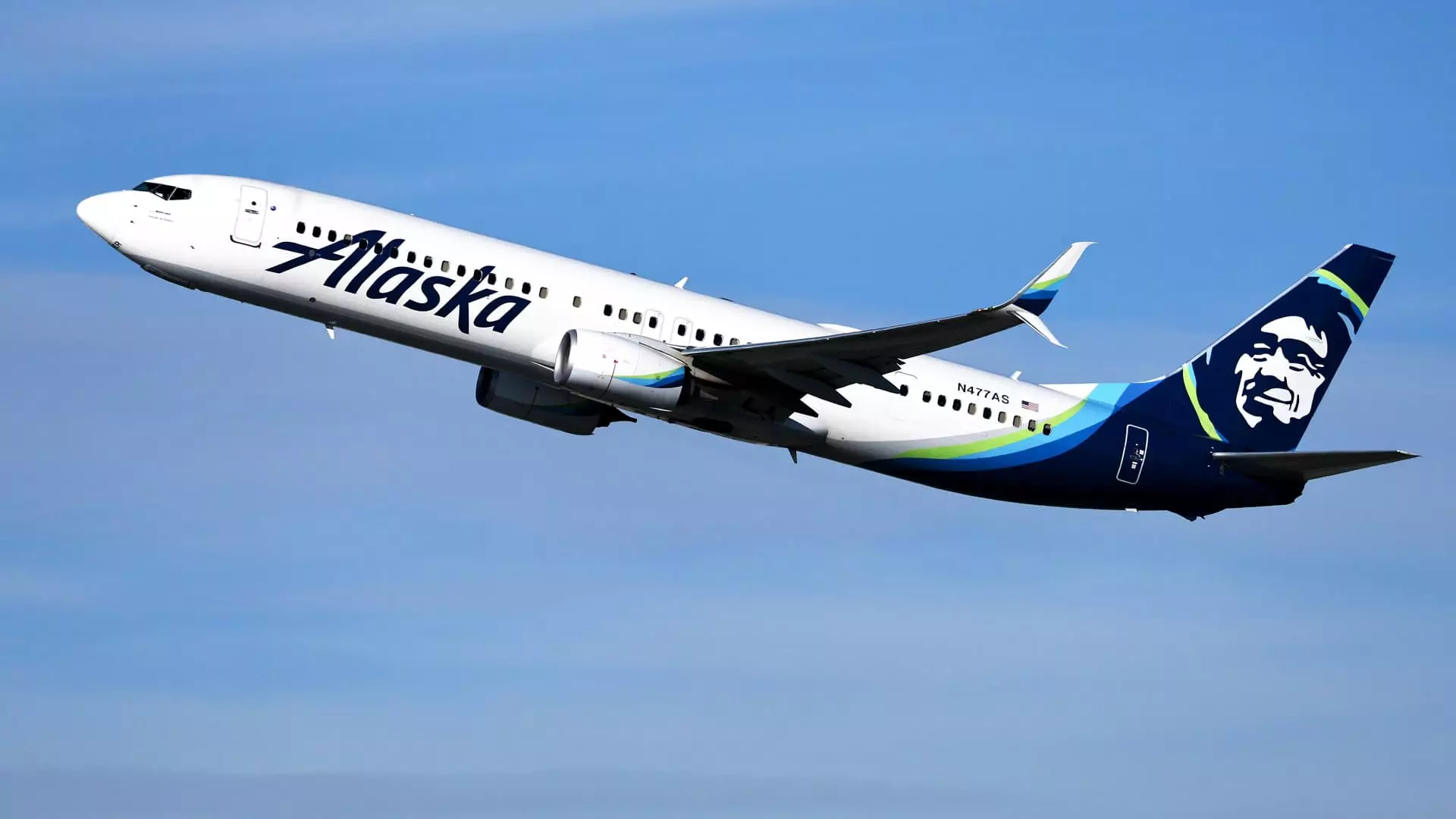The recent incident involving Alaska Airlines’ Boeing 737 Max 9 planes has raised serious safety concerns within the aviation industry. This article delves into the details of the incident and explores the implications for the airline and its passengers.
The Incident
On Friday, a section of one of Alaska Airlines’ Boeing 737 Max 9 planes blew out mid-flight, resulting in an emergency landing. The crew successfully managed the situation, and there were no serious injuries reported among the 171 passengers and six crew members on board. However, the incident has sparked investigations by both the National Transportation Safety Board and the Federal Aviation Administration to determine the cause and prevent future occurrences.
As a precautionary measure, Alaska Airlines has decided to temporarily ground its entire fleet of 65 Boeing 737 Max 9 planes. The airline’s CEO, Ben Minicucci, emphasized the importance of conducting full maintenance and safety inspections before returning the aircraft to service. The completion of these inspections is anticipated in the next few days, ensuring the safety of passengers and crew members.
The National Transportation Safety Board and the Federal Aviation Administration have both taken immediate action in response to the incident. A team from the National Transportation Safety Board is scheduled to arrive in Portland to conduct a thorough investigation. Meanwhile, the Federal Aviation Administration plans to launch its own investigation. These agencies play a crucial role in ensuring the safety of the aviation industry and their investigations will shed light on any potential issues that need to be addressed.
Sara Nelson, the president of the Association of Flight Attendants-CWA, expressed support for Alaska Airlines’ decision to ground the Max 9 fleet. She emphasized the importance of prioritizing the safety of both crew members and passengers. The labor union, which represents Alaska’s cabin crew and flight attendants, will closely monitor the safety inspection process to ensure that the aircraft are deemed safe before they are returned to service.
The Boeing 737 Max 9 has an exit door for cabin configurations with dense seating, such as those used by budget airlines. However, it appears that these doors were not activated on Alaska Airlines’ aircraft and were permanently “plugged.” The implications of this decision are unclear and require further investigation. It is crucial to determine the reasons behind this decision and whether it played a role in the incident.
Global Impact
Alaska Airlines is not the only carrier affected by this incident. United Airlines also has Boeing 737 Max 9 planes in its fleet, and the implications of the incident extend to the 215 planes in service worldwide. Such incidents raise concerns about the overall safety of the 737 Max 9 and its suitability for commercial use. The aviation community must assess these concerns to ensure that passengers can continue to trust this aircraft.
The Boeing 737 Max series has faced significant challenges in the past. In 2019, the entire Max fleet was grounded worldwide after two fatal crashes within five months. Following software and training updates, the U.S. lifted the flight ban in late 2020. However, the recent incident with Alaska Airlines’ Max 9 planes adds to a series of manufacturing flaws that have prompted additional inspections. These recurring issues raise questions about the reliability of the aircraft and the effectiveness of the implemented fixes.
The temporary grounding of Alaska Airlines’ Boeing 737 Max 9 fleet highlights the paramount importance of passenger and crew safety within the aviation industry. Investigations by the National Transportation Safety Board and the Federal Aviation Administration will provide valuable insights to prevent similar incidents in the future. It is essential for all stakeholders, including aviation authorities and aircraft manufacturers, to collaborate and address these safety concerns to ensure the continued trust of passengers worldwide.


Leave a Reply